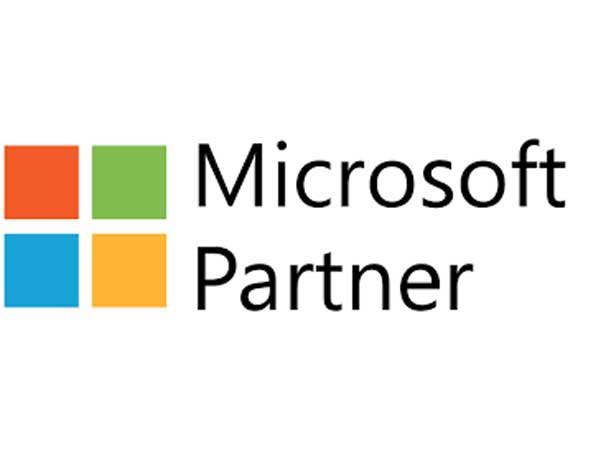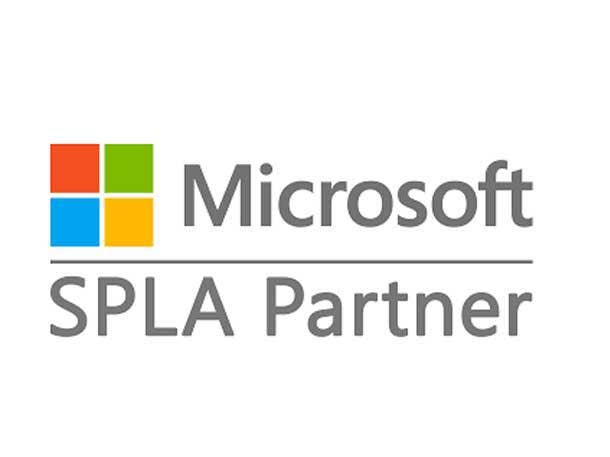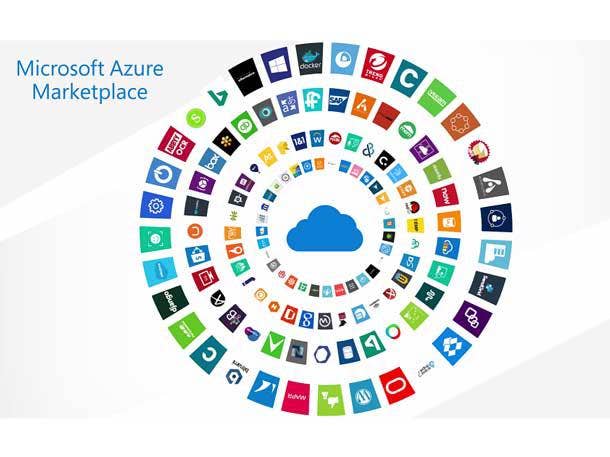7 Biggest Findings From Microsoft’s Partner Study
Part of the report was a survey of 765 Microsoft partners worldwide and interviews with 12 partners.

Few Microsoft partners have a single business model, 85 percent of partners expect a revenue increase and partners who co-sell with Microsoft and develop their own intellectual property grow faster.
These are some of the findings from a report Microsoft published Thursday, weeks ahead of the Redmond, Wash.-based tech giant’s annual Ignite developers conference.
“Our work with partners impacts every facet of what we do; from conception of ideas with our customers, to how we inspire and design and how we execute in the field and drive deals together,” Nicole Dezen, Microsoft’s chief partner officer and corporate vice president of global partner solutions, wrote in a blog post announcing the report. “And, most importantly, it impacts how we help customers realize the value of our technology.”
[RELATED: Microsoft Partners At A Crossroads: Radical Changes Rattling The Channel]
CRN has reached out to Microsoft for comment.
Part of the report was a survey of 765 Microsoft partners worldwide and interviews with 12 partners. All surveyed partners offer cloud software as part of their business, according to the report.
The 12 partners were Accenture, Annata, Crayon, Duck Creek, Exceedra, Flintfox, Palo Alto Networks, PROS, SAS, Softchoice, Tata Consultancy Services and TD Synnex.
Here’s what you need to know from the study.

Most Partner Revenue From Horizontal Solutions
The Microsoft study showed that 57 percent of partner revenue comes from broader, horizontal services without regard to industry.
The remaining 43 percent of partner revenue comes from industry-specific services, according to the survey.
“Microsoft partners are diversifying their business models with a focus on building and selling their own services (including project-based and managed services) and software,” according to the survey. “This is a broad-based trend for Microsoft partners and is validated by business models that tend to differ by the ratio of revenue from specific activities and differentiated approaches to the market.”

Few Partners Have A Single Business Model
A majority of partners surveyed about whether they only engage in reselling, selling services or selling their own software responded that they engage in multiple business models.
Only 20 percent said they engage in one business model – although the study didn’t break out which business model was most popular among that 20 percent.
The remaining 80 percent surveyed said they engage in at least two of the three models, with 25 percent engaging in all three.

Software-Led Partners Lead In Revenue Multiple, Growth Speed
The survey determined that for every dollar of Microsoft revenue, partners who derive most of their revenue from selling their own software received the highest multiple in their business based on activities or share at $10.11.
Services-led partners made $7.63 for every $1 of Microsoft revenue. The survey did not break out the multiple for resale-led partners.
Software-led partners also expect to grow their business at 46 percent in 2022, higher than the 23 percent services-led partners expect and the 21 percent resale-led partners expect.
Partners who mostly sell their own software also have higher gross margins at 51 percent. Services-led partners have a 45 percent gross margin. Resale-led partners have a 24 percent gross margin, according to the study.

85 Percent Of Partners Expect Revenue Increase
Microsoft partners saw 19 percent revenue growth on average for their Microsoft business in 2021, according to the survey. They expect 26 percent growth in 2022.
Last year, 74 percent of partners increased their Microsoft-related revenue. About 20 percent maintained their revenue, and 4 percent saw a decrease.
Eighty-five percent of partners expect an increase in Microsoft-related revenue this year while 13 percent expect it to stay consistent. Only 2 percent of partners expect a decrease in Microsoft-related revenue in 2022, according to the survey.

Partners Engaged In More Solution Areas Grow More
Partners who focused on all six of Microsoft’s “solution areas” – modern work, security, Azure core, digital and application innovation, data and artificial intelligence (AI) and business applications – grew faster than partners with a specialty in one area, according to the study.
Six-solution-area partners saw 26 percent revenue growth in 2021 compared to 15 percent growth for specialists. This year, six-solution-area partners expect 47 percent growth compared to 25 percent for single-solution-area partners.
“Breadth of partner engagement across Microsoft Cloud is one of the distinguishing characteristics of partners that bet on Microsoft,” according to the survey.

Co-Sell Partners Grow Faster
Partners who co-sell with Microsoft – that is, the partner works with Microsoft on building demand, sales planning, sharing sales leads and delivering services though Azure Marketplace and AppSource – grow revenue faster than partners who don’t, according to the survey.
In 2021, co-sell partners grew Microsoft business revenue by 29 percent, according to the survey. Partners who don’t co-sell with Microsoft grew 15 percent.
Co-sell partners expect to grow their Microsoft business revenue 39 percent in 2022, according to the survey. Partners who don’t co-sell expect 20 percent growth.
“Co-selling with Microsoft is often a critical part of partners’ growth strategies,” according to the survey. “Co-selling enables partners to work with Microsoft’s field-sales teams to generate and share opportunities, as well as to expand and extend their customer engagements. … Co-selling also provides partners with access to enterprise customers and strengthens their credibility.”

Partners With IP Grow Faster
Partner intellectual property (IP) includes services – managed services and project-based services – and software.
Surveyed partners that invest more than 20 percent of their revenue in developing IP had higher Microsoft business revenue growth in 2021 compared to other partners. Those partners grew 26 percent in 2021.
Still, partners who invested between 11 percent and 20 percent of their revenue in IP grew 25 percent in 2021. Partners who invested between 6 percent and 10 percent in IP grew 20 percent. And partners who invested between 1 percent and 5 percent grew 19 percent.
Partners who invested no revenue into IP still grew 13 percent in 2021, according to the survey.
The partners who invested more than 20 percent of revenue into IP expect to grow 43 percent in 2022, according to the survey. Partners who invest between 11 percent and 20 percent expect to grow 30 percent.
Partners who invest less percent of their revenue into IP expect almost the same growth this year compared to 2021.
“Partner-generated IP also serves as an important source of market differentiation, while enabling partners to build more long-term engagement with customers,” according to the report.